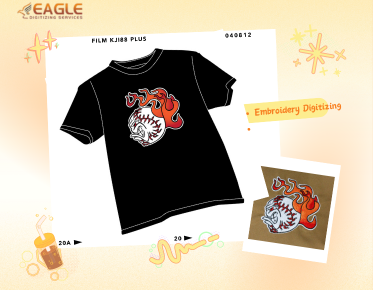What are vector images? How do I learn to create them?
Vector images are a type of digital graphic that utilize mathematical equations to define their appearance. Unlike raster images, which are made up of individual pixels, vector graphics are created using paths defined by a start and end point, along with other points, curves, and angles along the way. This makes them infinitely scalable without losing quality or becoming pixelated, which is especially useful for logos, typography, and other designs where clarity at any size is important.
Creating vector images involves using specialized software to outline and manipulate these paths and shapes. Some of the most commonly used software for vector creation include Adobe Illustrator, CorelDRAW, and Inkscape. Each of these tools provides various features for modifying and refining vector graphics from simple shapes to complex illustrations. Adobe Illustrator, in particular, is known for its robust tools and features, making it a favorite among professionals.
Getting Started with Vector Image Creation
Learning to create vector images can be an exciting journey into digital art and design. To begin, it's essential to choose the right software. For beginners, a program like Inkscape—which is free and open-source—can be a great way to start learning the basics without a financial commitment. As you become more comfortable creating vectors, you might consider investing in software like Adobe Illustrator or CorelDRAW, which offer more advanced tools.
Basic Steps to Create Vector Images
Here are some basic steps to get started with vector image creation:
- Understand the Tools: Familiarize yourself with the basic tools within your chosen vector software. This typically includes the pen tool, shape tools, and color palettes.
- Start Simple: Begin by creating simple designs to understand how paths and anchor points work. These foundational elements are crucial as you progress to more complicated designs.
- Practice Tracing: Import raster images into your software and practice tracing them to convert them into vector graphics. This helps you get comfortable with manipulating paths.
- Experiment with Colors and Gradients: Learn to apply different colors to your vectors, as well as applying gradients and other effects to add depth and interest to your designs.
- Learn Layer Management: Use layers to organize different aspects of your design, which can make complex projects more manageable.
For more advanced techniques, consider exploring online tutorials and courses that delve into more sophisticated vector image techniques and design theory.
Resources for Learning Vector Art
Many online resources are available to help you learn vector art, ranging from YouTube tutorials to comprehensive courses on platforms like Coursera and Udemy. Additionally, websites like Vector Art Services and forums such as Reddit's design threads can offer insights and advice from experienced designers. It's also valuable to practice consistently, starting with small projects and gradually working your way up to more complex challenges.
The Role of Professional Vector Services
For businesses and individuals who need vector images but lack the skills or time to create them, professional vector services like those offered by Eagle Digitizing can be a perfect solution. They provide a fast and reliable service, converting raster images to vectors for various applications, including screen printing, promotional materials, and online media. Their services are tailored to different budgets, ensuring that high-quality vectorization is accessible to all who need it.
By leveraging professional services, you can ensure your logos, artwork, and other materials maintain their clarity and impact across all media and sizes, from small business cards to large banners. This ensures consistency across all branding efforts and marketing materials.
Advancing Your Skills
Once you've grasped the basics, consider specializing in an area of vector art that interests you. This could be anything from vector illustrations for branding to creating detailed artwork for digital platforms. The more you practice and explore different styles, the more proficient you will become. You may also want to explore the potential of combining vector graphics with other design elements such as raster images or 3D models for unique creations.
Vector image creation continues to evolve with technology, offering endless possibilities for creative expression. As the demand for scalable and adaptable graphics grows, skills in vector art remain valuable in various fields, from advertising to product design. What new techniques or software trends do you think will shape the future of vector graphics?


.png)
